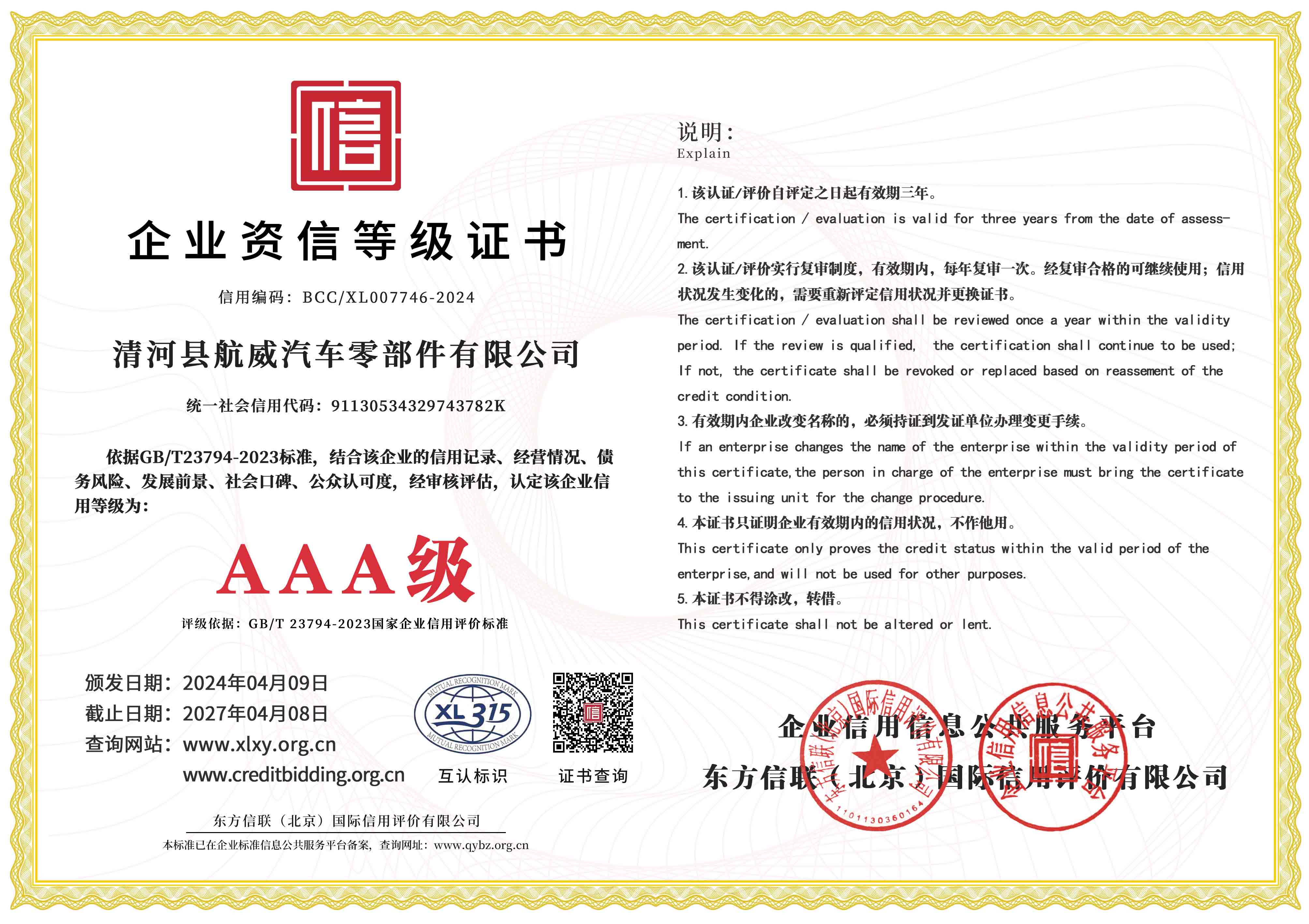hydraulic clutch line
Understanding the Hydraulic Clutch Line Importance and Functionality
The hydraulic clutch line is a crucial component in the operation of modern vehicles equipped with hydraulic clutch systems. This specialized line plays an integral role in the transmission of force from the clutch pedal to the clutch itself, allowing for smooth gear shifts and overall vehicle performance. Understanding the function and importance of the hydraulic clutch line is essential for both automotive enthusiasts and professional mechanics.
How the Hydraulic Clutch Works
At its core, the hydraulic clutch operates on the principle of hydraulic fluid mechanics. When the driver presses the clutch pedal, this action generates hydraulic pressure that is transmitted through the hydraulic clutch line. This line connects the clutch master cylinder, located near the pedal, to the slave cylinder, which is positioned closer to the clutch assembly. The hydraulic fluid fills the line and allows the force exerted by the pedal to be multiplied, effectively disengaging the clutch when needed.
Components of the Hydraulic Clutch Line
The hydraulic clutch line is typically made of flexible rubber or reinforced hoses to withstand high pressure and facilitate movement
. Its main components include1. Clutch Master Cylinder This component converts the mechanical force of the pedal into hydraulic pressure. 2. Clutch Slave Cylinder This cylinder receives the hydraulic pressure and operates the clutch mechanism. 3. Hydraulic Line This tube carries the hydraulic fluid between the master and slave cylinders.
Maintenance of these components is crucial; any leaks or damages in the hydraulic clutch line can lead to a loss of pressure, resulting in clutch failure or difficulty in shifting gears.
hydraulic clutch line

Signs of a Failing Hydraulic Clutch Line
Several symptoms may indicate issues with the hydraulic clutch line. Drivers should be aware of
- Difficulty Shifting Gears If gear changes become abrupt or impossible, it may signify pressure loss in the hydraulic system. - Spongy or Soft Clutch Pedal A pedal that feels unusually soft can indicate air in the hydraulic line or a drop in fluid pressure. - Fluid Leaks Any signs of hydraulic fluid under the vehicle warrant immediate inspection, as it could mean a break or tear in the hydraulic line.
Preventive Measures and Maintenance
To ensure the longevity and reliability of the hydraulic clutch system, regular maintenance is essential. Checking the fluid levels, inspecting the hydraulic line for wear or leaks, and bleeding the system to remove air pockets can help maintain optimal performance. It’s also advisable to replace the hydraulic fluid periodically, as old fluid can absorb moisture and lead to corrosion within the system.
Conclusion
The hydraulic clutch line is an indispensable part of a vehicle's clutch system, ensuring efficient power transfer and smooth gear changes. By understanding its components, recognizing signs of failure, and practicing proper maintenance, drivers can help extend the life of their hydraulic clutch systems and enhance their overall driving experience. Whether you are a seasoned mechanic or a car owner, paying attention to this vital component can save time, money, and stress down the road.
-
Workings of Clutch Pipe and Hose SystemsNewsJun.04,2025
-
The Inner Workings of Hand Brake Cable SystemsNewsJun.04,2025
-
The Secrets of Throttle and Accelerator CablesNewsJun.04,2025
-
The Hidden Lifeline of Your Transmission Gear Shift CablesNewsJun.04,2025
-
Demystifying Gear Cables and Shift LinkagesNewsJun.04,2025
-
Decoding Clutch Line Systems A Comprehensive GuideNewsJun.04,2025
